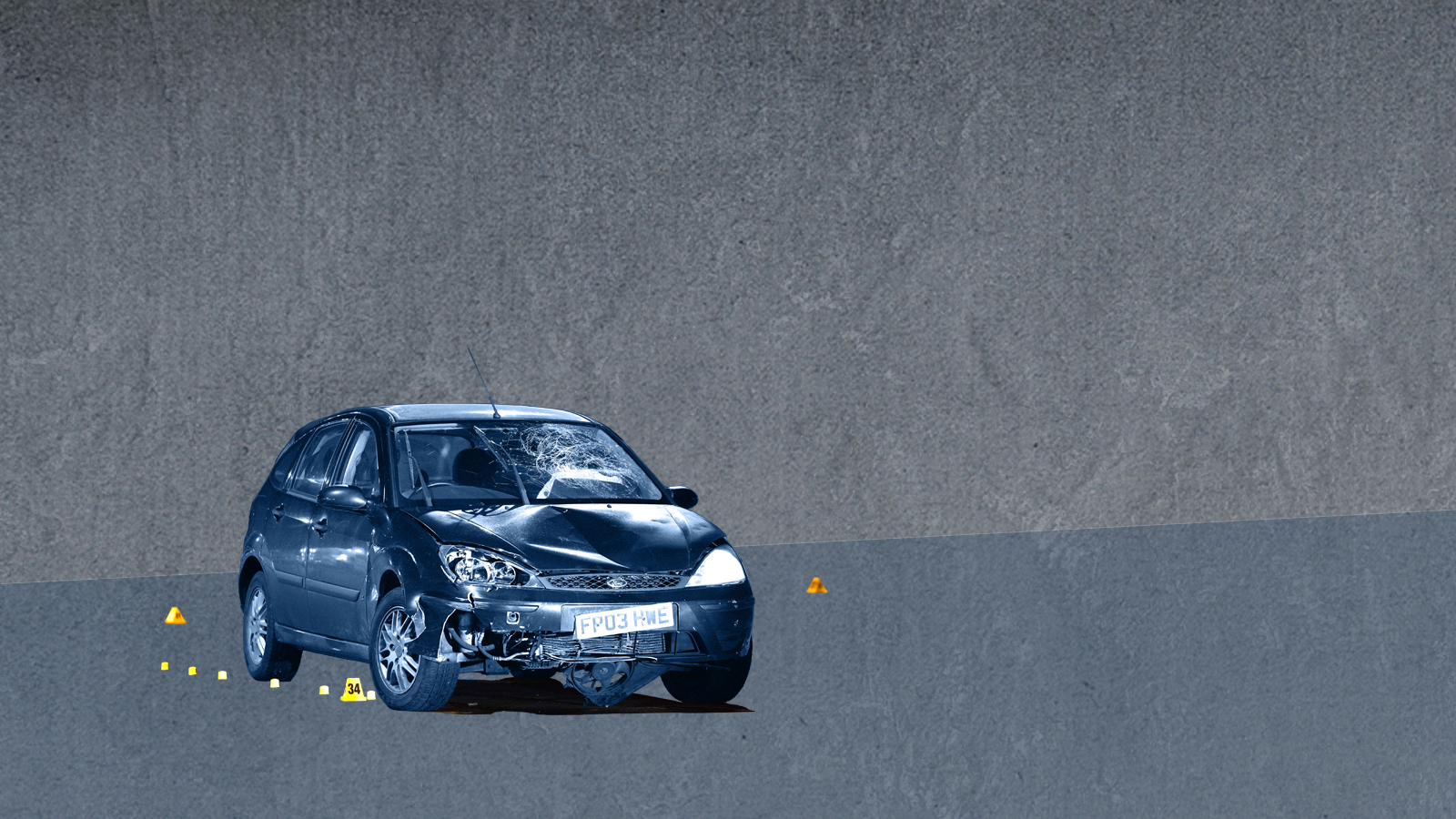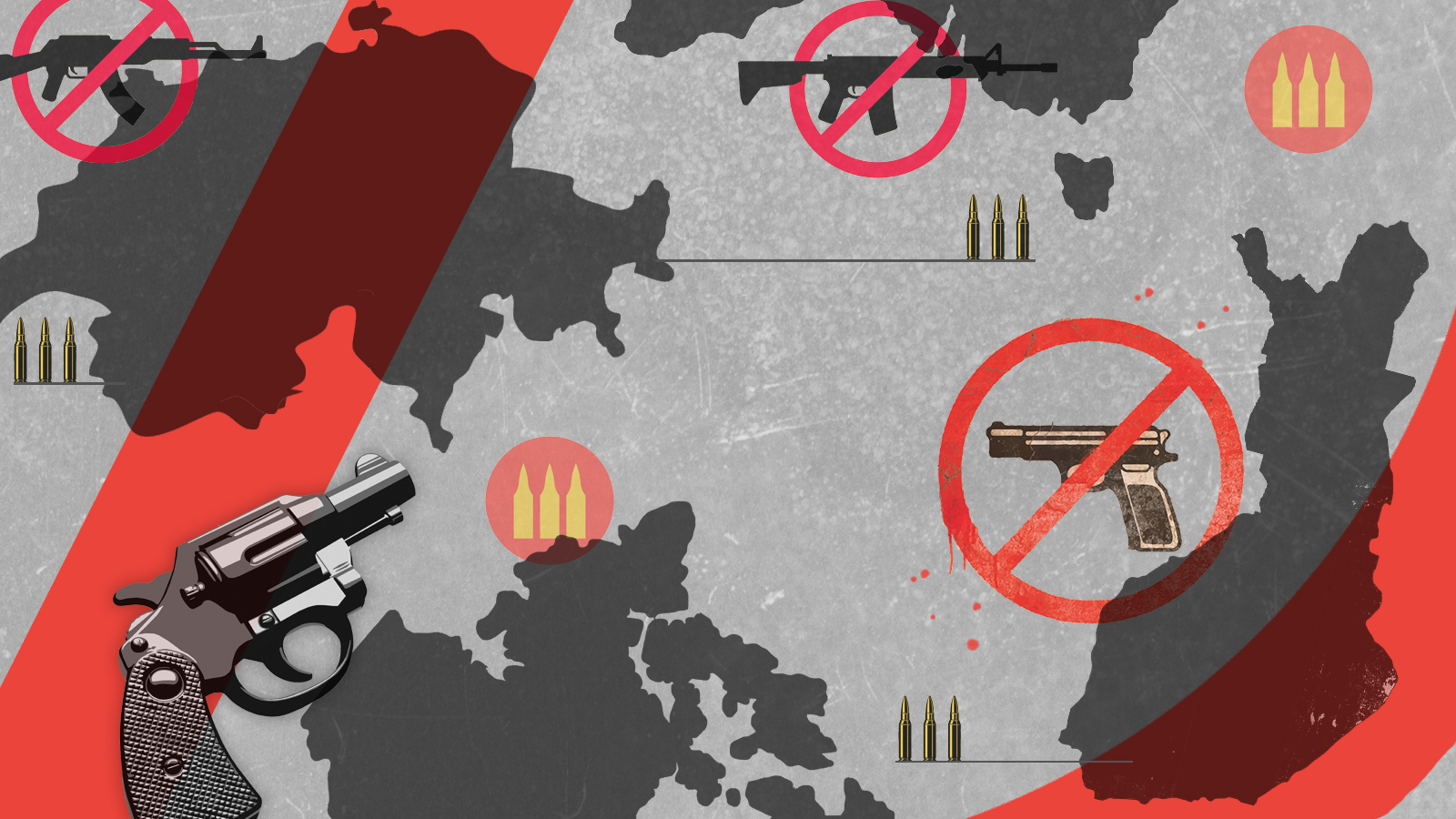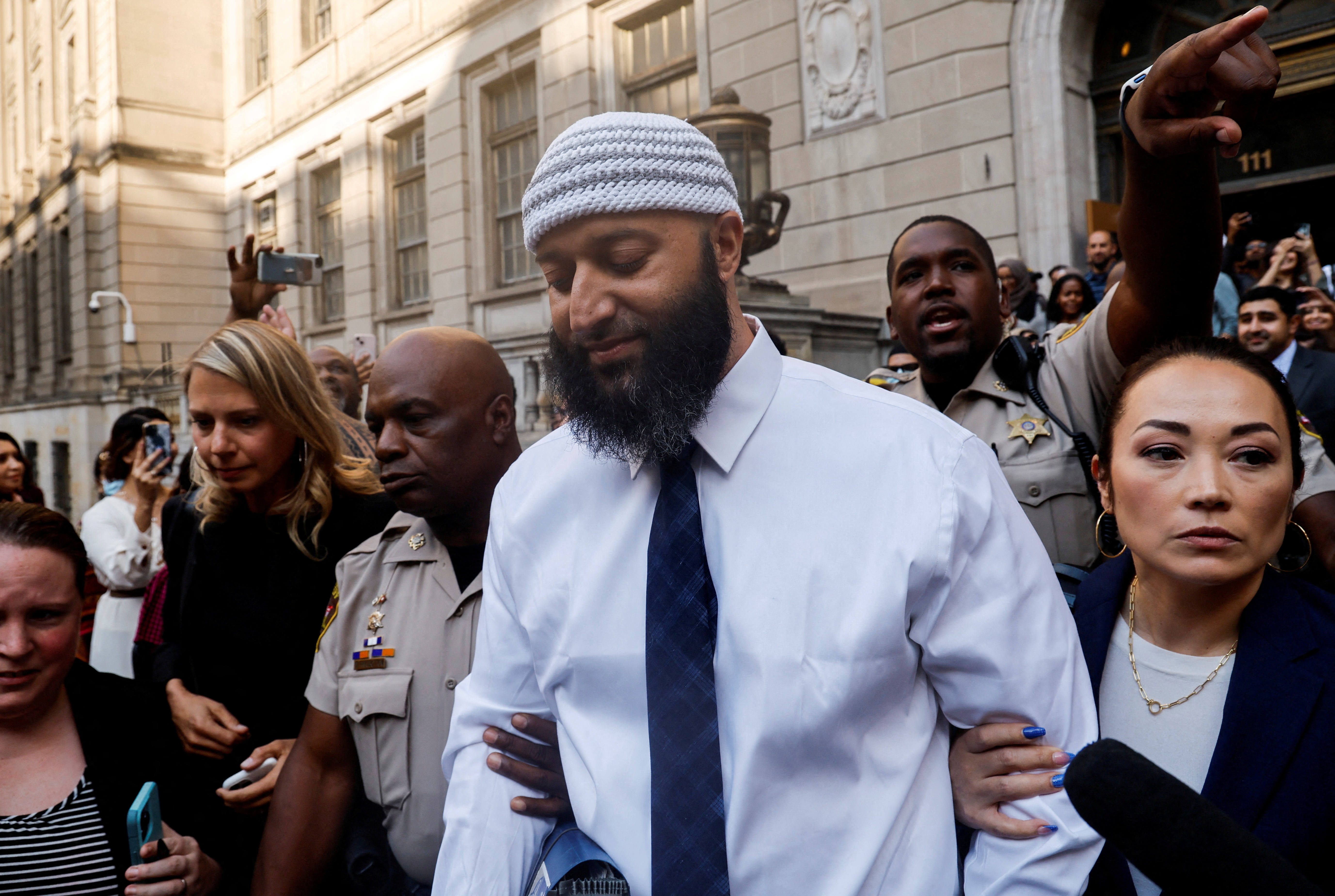The car crash crisis
Traffic accident fatalities are on the rise. What can be done?


In 2021, an estimated 42,915 people were killed in motor vehicle traffic crashes in the United States — a 10.5 percent increase from 2020. Already this year, there have been thousands of traffic accident fatalities, including a nearly 1-year-old boy who was killed last week in Los Angeles when a speeding car slammed into his family's vehicle. Here's everything you need to know:
What are the latest statistics on motor vehicle traffic accidents in the U.S.?
In May, the National Highway Traffic Safety Administration released its early estimate of traffic fatalities for 2021 and projected a 10.5 percent increase from the 38,824 fatalities in 2020 and an 18 percent increase from 2019. "The projection is the highest number of fatalities since 2005 and the largest annual percentage increase in the Fatality Analysis Reporting System's history," the NHTSA said. The agency also estimated that at least 7,300 pedestrians were killed by motor vehicles in 2021, up 13 percent from 2020. Contributing factors to some of these deaths included alcohol, speeding, and not wearing a seatbelt.
Why are deadly car accidents on the rise?
Experts say there are several reasons behind this jump in fatalities, including drivers distracted by their cell phones and more trucks, SUVs, and electric cars on the road. While new vehicles have more safety features, like backup cameras, the Environmental Protection Agency says that today's cars are heavier and have greater horsepower than ever before. Horsepower in vehicles is up almost 80 percent compared to 1975, the EPA reports, and the average vehicle weight for 2021 models was more than 4,100 pounds.
The Week
Escape your echo chamber. Get the facts behind the news, plus analysis from multiple perspectives.

Sign up for The Week's Free Newsletters
From our morning news briefing to a weekly Good News Newsletter, get the best of The Week delivered directly to your inbox.
From our morning news briefing to a weekly Good News Newsletter, get the best of The Week delivered directly to your inbox.
Michael Brooks, acting executive director of the Center for Auto Safety, told CNBC in May that "the heavier the vehicle is and the higher the vehicle is, the more likely it's going to kill a pedestrian and the more likely it's not going to be compatible with the little sedan and do some serious damage." In the United States, there is "a conflicting culture" around cars, Brooks said. "People want these flashy, big ticket items and we want to be able to do what we want in our cars, but at the same time, we're killing each other at a rate (nearly) higher than ever before, and something needs to be done."
What can be done about this increase in fatal car crashes?
There are several steps drivers can take to keep themselves — and their passengers — safe. First, it's imperative that everyone in a vehicle wear their seatbelt, and that kids in car seats and boosters are properly buckled in. Drivers also need to watch the speedometer and slow down when necessary, especially when there are lots of pedestrians around. If your car doesn't have hands-free technology, invest in a device that adds Bluetooth connectivity to your car radio, so you can safely answer or make calls. Car safety advocates are also asking automakers to equip all new vehicles with features like automatic emergency braking and blind spot warnings.
How is the federal government working to improve road safety?
The Department of Transportation has come up with a National Roadway Safety Strategy (NRSS) that aims to "significantly" reduce deaths and serious injuries on highways, roads, and streets and is "the first step in working toward an ambitious long-term goal of reaching zero roadway fatalities." Transportation Secretary Pete Buttigieg said the country is facing a "crisis" on its roadways, and the NRSS and President Biden's Bipartisan Infrastructure Law, which funds the rebuilding of roads and bridges, are both "critical steps" necessary to reverse the rise of deadly car crashes.
The NRSS has five objectives: to encourage safe and responsible behavior by people who use roads; design roadways that mitigate human errors; expand the availability of safety features in cars that help prevent accidents and minimize the impact of crashes; promote safer speeds through roadway design, education, and outreach campaigns; and ensure that victims of crashes receive emergency medical care as quickly as possible. "Addressing each of these areas is critical, as their impact can be complementary and build redundancy," the Department of Transportation said.
A free daily email with the biggest news stories of the day – and the best features from TheWeek.com
Catherine Garcia has worked as a senior writer at The Week since 2014. Her writing and reporting have appeared in Entertainment Weekly, The New York Times, Wirecutter, NBC News and "The Book of Jezebel," among others. She's a graduate of the University of Redlands and the Columbia University Graduate School of Journalism.
-
 US citizens are carrying passports amid ICE fears
US citizens are carrying passports amid ICE fearsThe Explainer ‘You do what you have to do to avoid problems,’ one person told The Guardian
-
 All roads to Ukraine-Russia peace run through Donetsk
All roads to Ukraine-Russia peace run through DonetskIN THE SPOTLIGHT Volodymyr Zelenskyy is floating a major concession on one of the thorniest issues in the complex negotiations between Ukraine and Russia
-
 Why is Trump killing off clean energy?
Why is Trump killing off clean energy?Today's Big Question The president halts offshore wind farm construction
-
 Would rescheduling cannabis be good news for the industry?
Would rescheduling cannabis be good news for the industry?Speed Read Following President Joe Biden's request, the HHS recommended that cannabis be moved to a less lethal category, and some experts are weary of the move
-
 Why the French are taking to the streets
Why the French are taking to the streetsThe Explainer France is protesting after the police-involved death of a teenager
-
 Why are mass shootings rare in other countries despite high levels of gun ownership?
Why are mass shootings rare in other countries despite high levels of gun ownership?In Depth Firearm laws are very different in Finland, Switzerland, and Australia
-
 Ralph Yarl shooting: When ringing the wrong doorbell turns violent
Ralph Yarl shooting: When ringing the wrong doorbell turns violentSpeed Read An unarmed 16-year-old Black teenager knocked on the wrong door and nearly lost his life
-
 The Adnan Syed case, explained
The Adnan Syed case, explainedSpeed Read From the reinstated conviction to the original charges
-
 Attacking the grid
Attacking the gridSpeed Read Domestic terrorism targeting the U.S. electric grid is exposing dangerous vulnerabilities
-
 The controversial 'Run, Hide, Fight' response in active shootings
The controversial 'Run, Hide, Fight' response in active shootingsSpeed Read Why has this method come under scrutiny for its use in mass casualty events?
-
 Why did Hong Kong criminalize CBD?
Why did Hong Kong criminalize CBD?Speed Read Hong Kong had a quickly-growing CBD industry. Why did officials suddenly change course?
